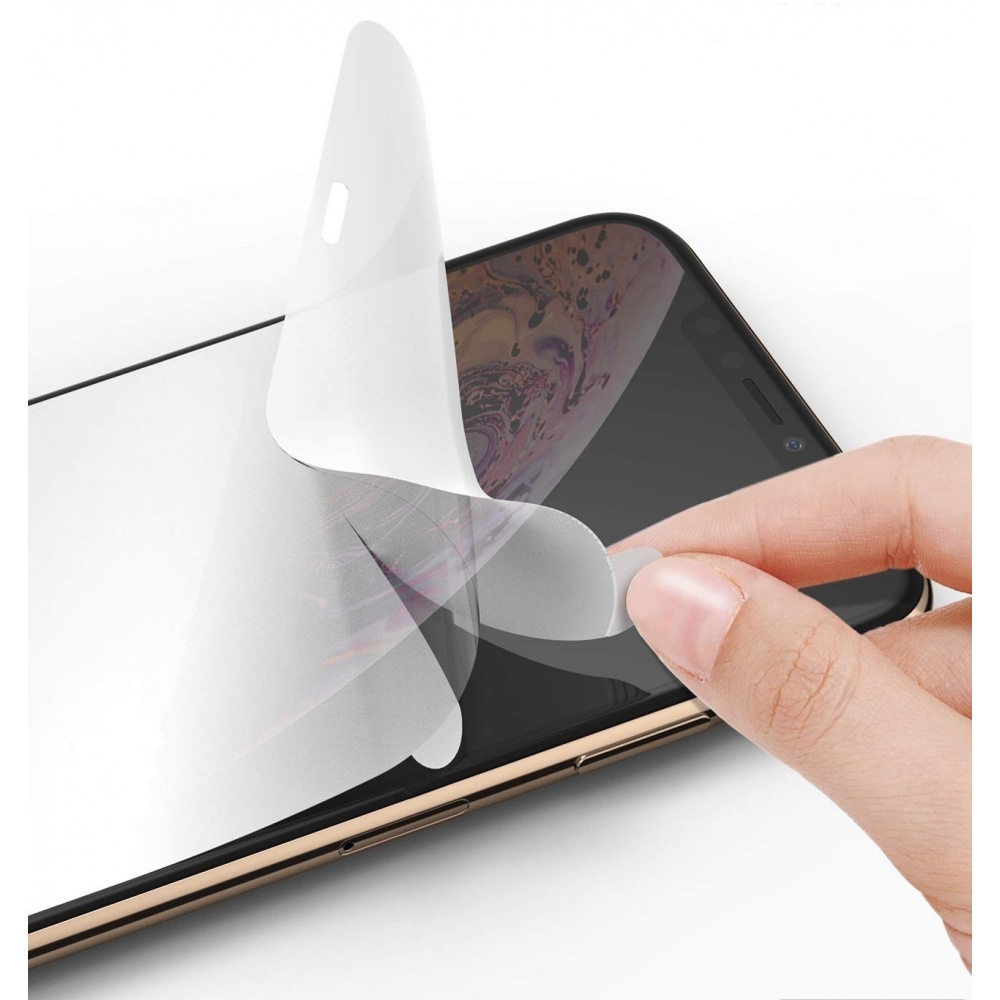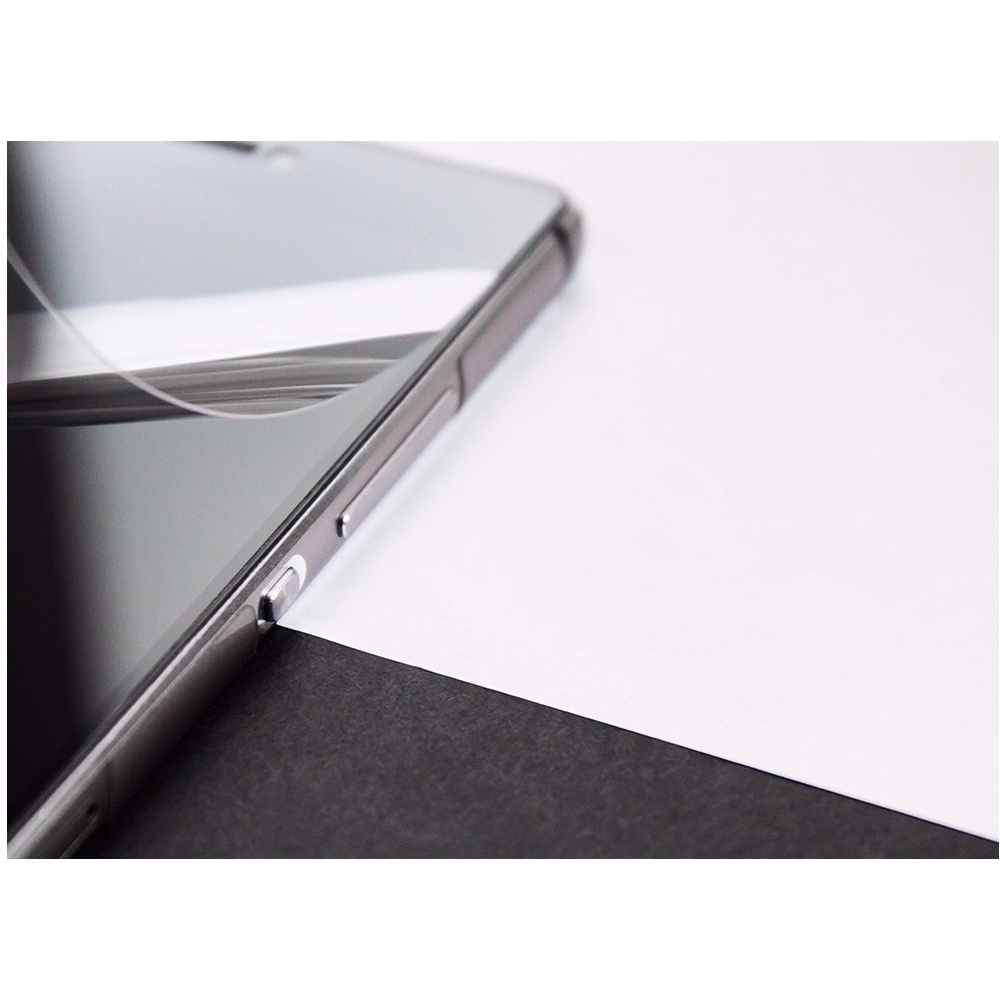In today’s times, we take our smartphones literally everywhere, which exposes them to various threats lurking at every turn. The most vulnerable part to scratches, cracks, or dirt is the screen, and its damage evidently affects the comfort of use. As we know, even the cheapest screen protection is better than none. So which option should we choose to best protect the front panel of the device? Tempered glass or film? Or maybe it’s worth investing in hybrid glass?
Protective film:
With a protective film, we gain the most aesthetic, least visible, but not necessarily the best protection. Unfortunately, this solution is not the most advantageous due to the thickness of the layer created by the film, as well as its relatively low durability. Another downside is the difficulty of installing the film on the screen. Many hard-to-remove “bubbles” may form, causing our protective layer not to adhere as it should, which also means it won’t be as effective as it could be. It is worth emphasizing that this is one of the cheaper and more effective options for securing the front panel of a smartphone, especially when it is heavily curved.
Tempered glass:
Tempered glass offers significantly better protection than film, but is less aesthetic because it is thicker and much more visible on the device, which may bother some users. A significant advantage of this type of protection is the ease of installation, provided our device has a flat front panel. If our smartphone has rounded edges, the situation becomes a bit more complicated, and not everyone will be able to handle the installation themselves. Importantly, tempered glass can be removed and reinstalled multiple times, so you can safely attempt several times in case of failure.
Hybrid glass:
Hybrid glass is a combination of the flexibility and thickness of a protective film with high hardness, slightly yielding to glass. This combination places it perfectly between standard tempered glass and protective film. An important advantage of this form of protection is that due to its high flexibility, the glass does not shatter or break, allowing it to last a long, long time. Another plus is the fact that hybrid glass is a slim product, making it practically unnoticeable during device use. It is also easy to install, but it is somewhat more susceptible to surface scratches compared to tempered glass.
So which solution to choose? That depends on the individual preferences of each user, how much the screen is exposed to scratches or cracks, and what budget we want to allocate for protecting the front panel of our smartphone. However, it is worth remembering that any protection is better than none! All types of glass as well as cases for iPhone 12 can be found in the appropriate section:)


Leave a Reply